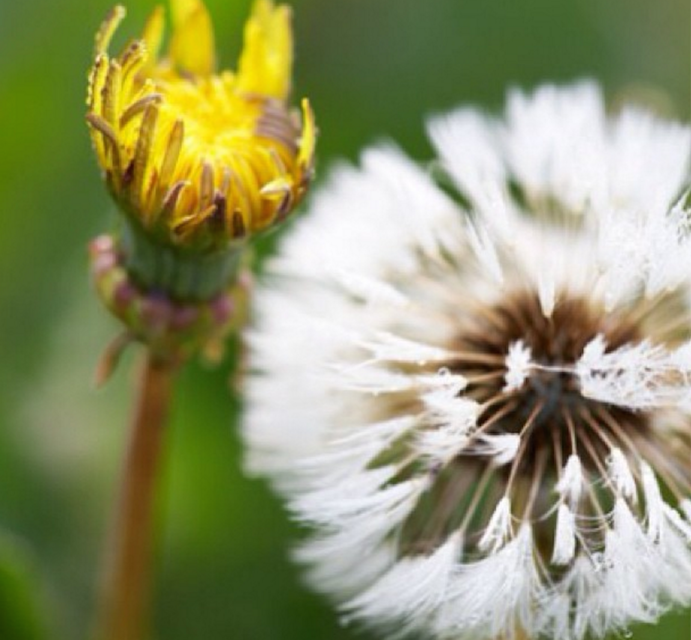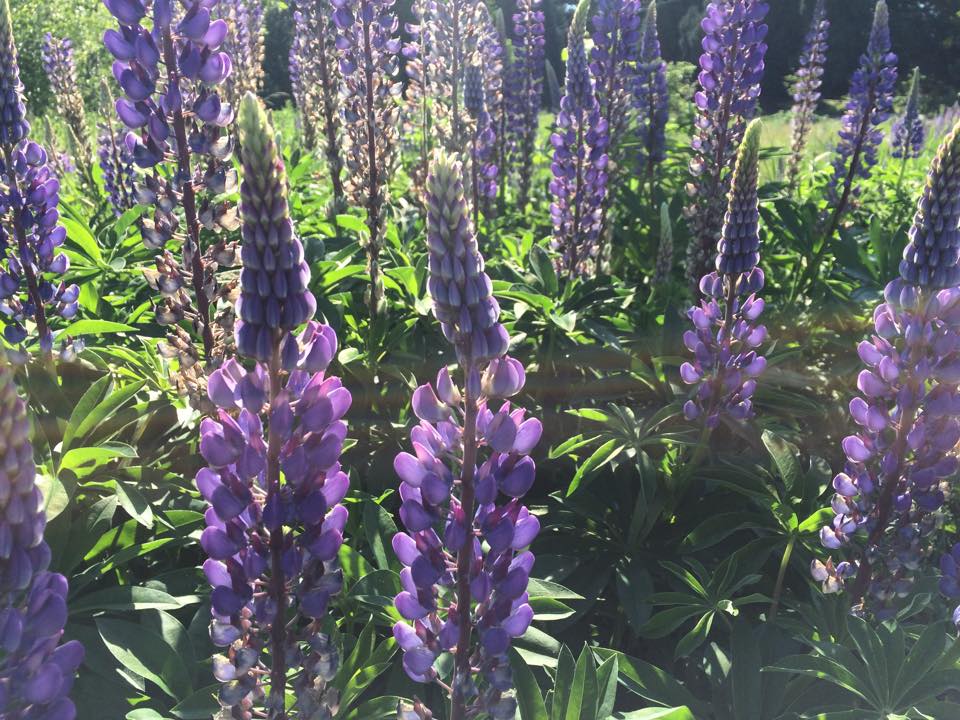
14 May Seasonal Allergies 101
Fatigue, sneezing, sniffling, watery eyes, itchiness of eyes, nose, throat and the roof of your mouth… sound familiar? While the arrival of spring brings wonderful flowers, sunlight and light breezes, for many it also brings the symptoms of seasonal allergies.
What causes allergies?
Seasonal allergies are the reaction of the body when exposed to certain substances such as pollen, particulates and dust. When mucus membranes in our eyes, ears, nose, mouth and throat are exposed to these substances a reaction occurs. For most, the reaction is a release of a molecule called histamine which serves as one of the many alarms for the immune system. For other people there are other inflammatory substances such as prostaglandins, cytokines, interleukins and chemokines. The release of these molecules causes the body to try to get rid of the invading pollen by increasing mucus layer secretions in the eyes, nose, and throat and to trigger sneezing — all in effort to flush and rid the body of the environmental trigger.
Identifying the particular allergen causing your symptoms can be useful so you know the seasons and days when you might be most affected. If you’re uncertain what you are allergic to, you can get skin testing at my clinic or with an allergist or use online resources to determine common airborne allergens that are present in a specific season.
Pollen counts depend on region, season and daily changes in weather. Temperature and precipitation changes affect when most plants produce pollen, and wind can distribute the pollen even further. Most bright ground flowers use insect or animal pollinators to transmit their pollen, so these rarely cause reactivity. However, grasses, trees and some brushes utilize wind as their primary pollinator and will release significant amounts of pollen with the aim of continuing their species. In spring it’s mostly trees that result in allergenic reactivity; in late spring and early summer it is brush and grasses; late summer brings us ragweed, one of the most allergenic pollens. My blog post on the difference between allergies vs cold explains the difference if you’re unsure what your symptoms mean.
How can your symptoms be managed?
- Remove or reduce the allergenic load. If the body is dealing with less exterior stimulation overall, then a slight increase while walking in the park will result in less reactivity.
- Regular hygiene. Increased washing of face and hands, a quick rinse before getting into bed, not wearing shoes in the house, and washing bedding at least every 2 weeks or weekly, will help to reduce continued exposure to pollen brought into the home environment.
- Regular vacuuming and using a HEPA air filter can also reduce indoor allergens that may be contributing to the overall load on the immune system.
- For some individuals, symptoms can be reduced by simply avoiding certain foods such as wheat, dairy, citrus, corn, bananas or peanuts. A food allergy, IgG test can help identify your specific allergen.
In addition to these general techniques, here are a few more areas to explore in greater depth:
Water-based treatments
Water is a particular ally in dealing with seasonal allergies. Nasal rinses using such devices as Neti-Pot, NasalFlow, or other saline rinses devices available at most pharmacies, can be used to remove and reduce any particulates and pollen from the nose and sinuses. Prepared saline, or filtered, boiled and then cooled water with ¼ tsp of salt per cup can be used for these rinses. Steam inhalations can also be helpful and a drop or two of thyme, eucalyptus, and mullein essential oils can be added for additional support.
Dehydration is another factor that affects the mucus membranes and can increase reactivity. A good recommendation is to drink the amount in fluid ounces equal to about a half of a person’s body weight in pounds. For example, someone who is 150 pounds should drink at least 75 ounces, especially on active days.
Relationship between food and allergies
Food can also play a role in seasonal allergies. As previously mentioned, removing food sensitivities can reduce immune response and reduce symptoms. Decreasing intake of foods that produce arachidonic acids, such as red meat and dairy, can reduce the production of some of the inflammatory prostaglandins and leukotrienes. Eating foods rich in flavonoids and carotenoids, such as dark leafy green, deep yellow and orange vegetables is also beneficial in regulating an allergy response. Other foods that can assist your body are garlic, onions, ginger, bamboo shoots, cabbage, beet greens, beets, carrots, yams and tree nuts like walnuts and pecans.
Supplementing your way to relief
Herbs and supplements can be used to reduce histamine release, improve mucus layer response and thin congestion. Supplements that can help treat symptoms such as itching, watery eyes and nose, and sneezing include:
- Vitamin C
- Quercetin
- Stinging Nettle Leaf (freeze-dried)
- N-Acetyl Cysteine
- Other helpful supplements to stabilize immune response are omega-3 fatty acids from fish oil and daily probiotics such as the ProFlora Blend that I compound. Bromelain can also be taken between meals to remove excess inflammatory markers.
Finally, local honey, one tablespoon a few times a day, is a common recommendation to desensitize someone to seasonal allergens — but remember that most insect pollinated flowers are not as allergenic as the wind pollinated plants, so this is not always effective. Other ways to desensitize include use of SLIT (sublingual immunotherapy using a mixture of regional allergens). Acupuncture, Chinese herbs and SLIT can be started a month prior to the allergy season.
If you’re considering a Naturopathic approach to your seasonal allergies, let’s connect!

